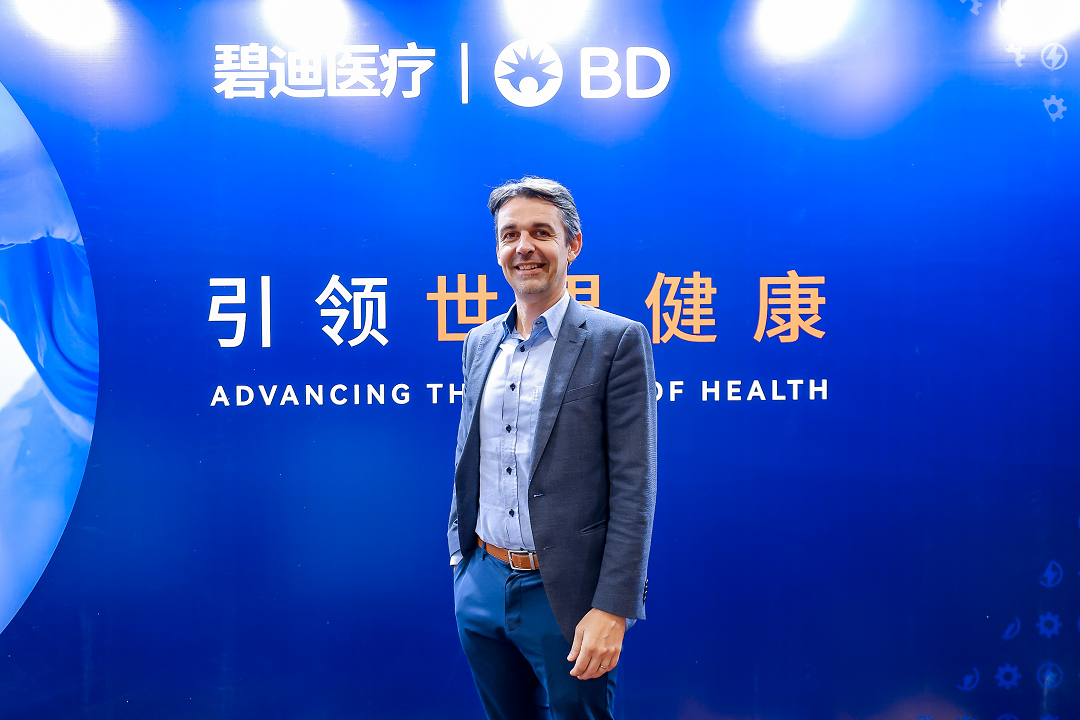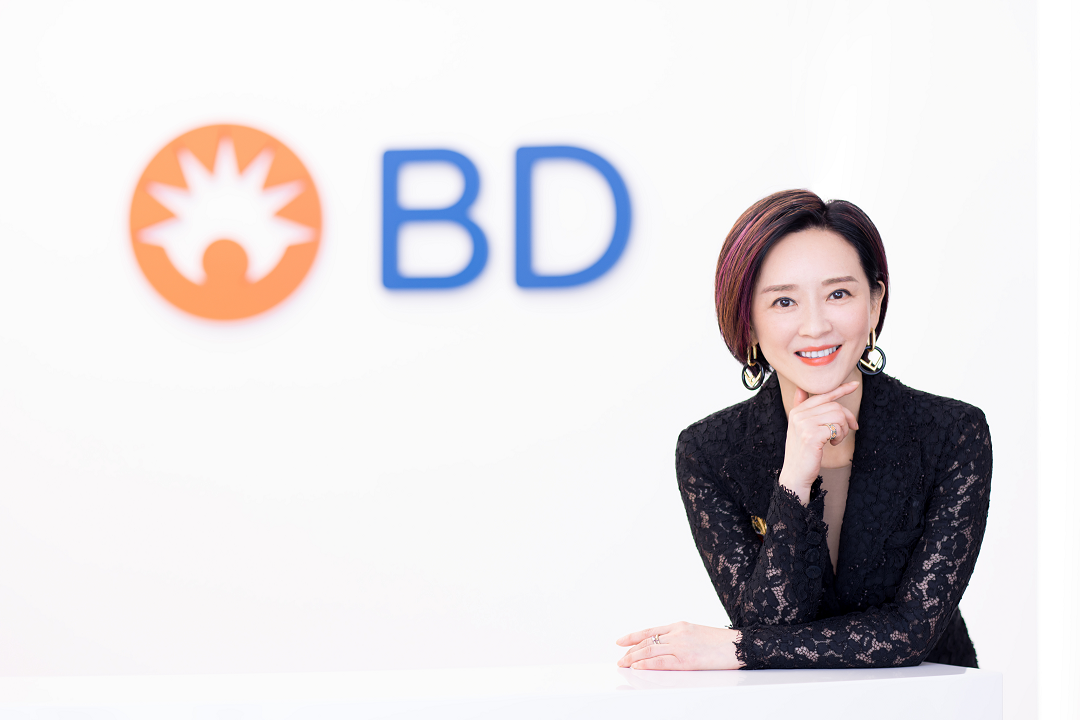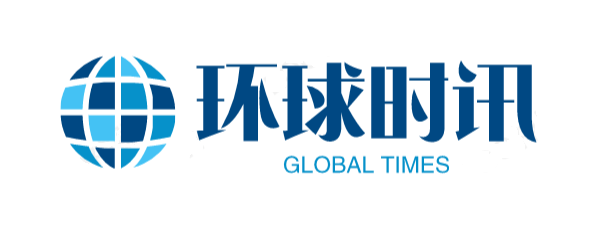碧迪医疗的组织管理本质:守好企业价值,激活人才价值
守好企业的增长内核,撬动“存量”人才价值。
增长,被商业世界奉为圭臬。
尤其在当下这样一个追求效率和敏捷的商业环境中,一方面,企业面临着在更短的时间快速增长的挑战;一方面,组织内的人才管理却是个需要长期耕耘的系统工程,尤其人才梯队构建,人才能力的养成非朝夕之事。
所以,面对企业“短期“的快速迭代和增长需求,如何用组织的“长期”工程做好支撑成为HR需要思索的一道大题。这其中,作为组织保驾护航的HR管理,如何真正与企业的增长步伐保持一致;驱动企业增长的人才战略又该如何在企业内部落到实处?
拥有127年全球历史的碧迪医疗在求解企业快速增长和人才梯队的稳健发展上,探索了一条行得通的“内部人才成长”路径。长久以来,贴近业务被认为是人力资源管理的核心职能之一,但碧迪医疗却强调在贴近业务的同时,HR管理更应该贴近企业价值主张;很多企业将外部招聘,甚至斥资引进人才视为获取获取人才的一条捷径,但碧迪医疗却认为多关注企业内部存量人才的价值发挥,发现并培育具有企业DNA的人才或许更为高效。
在碧迪医疗泛亚洲区人力资源副总裁Norbert Modla看来:“人力资源部应该是企业价值主张的守护者和引领者。企业要多专注和发展现有员工的潜力和价值,给他们机会。”

碧迪医疗泛亚洲区人力资源副总裁 Norbert Modla
守好企业的增长内核
人力资源管理的价值不仅在于支撑企业当下的业务目标,更在于守护企业的长期增长。
与企业价值主张对齐。近年来,许多组织管理专家提出,面对复杂多变的新形势,新一代人力资源管理必须学会从业务的角度思考问题。对此,Norbert Modla表示认同,“我非常同意人们常说的人力资源部应该与业务保持一致。更重要的是,人力资源部门也应该是企业价值主张的守护者和引领者。人力资源的职责是将业务与企业价值主张对齐,而不是对立。”
Norbert Modla解释称,有时即使是最好的商业领袖,也会发现企业价值主张的实现具有挑战性。HR部门需要在不断验证中让企业的价值主张和增长目标更清晰,为管理者和商业领袖提供战略执行的框架结构。
“企业的价值主张和在这一价值主张下的具体业务和组织能力,是双向赋能和支持的关系。”Norbert Modla举了个形象的例子,如果你想攀登珠穆朗玛峰,就需要清楚自己需要什么样的能力和要做哪些努力。组织也一样,在既定目标下,需要清楚团队需要怎样的能力、结构和人员,清楚如何改进和提升组织的关键能力,并尝试制定计划。业务负责人和总裁以及人才团队也要一起经历这个过程。也因此,碧迪医疗在全球业务发展中会强调的是:制定三年战略规划;并据此设定人才管理、组织发展和能力评估模型。
连续7年获得“中国杰出雇主”的碧迪医疗算是组织和人才管理的受益者。从2011年到现在的十几年间,碧迪医疗在中国市场的营业收入,从2亿多美元增长到了近15亿美元,业绩增长翻了5倍多。2023年在医疗行业降本增效的大环境下,碧迪医疗在全球及在中国地区的有机增长,除了得益于行业的持续发展,也离不开公司注重对人才的培养、人才梯队的建设和组织能力的提升。
有关键计划保障知行合一。在守护和引领企业价值主张的认知下,制定可行,可评估的落地规划必不可少。

碧迪医疗大中华区人力资源及数智化传播副总裁 吴珊珊
碧迪医疗大中华区人力资源及数智化传播副总裁吴珊珊补充表示:“为推动业务战略和组织、人力资源战略协同一致,公司制定了关键行动计划。2016年初,碧迪医疗中国秉持公司全球战略发展和医疗健康行业趋势,设计并开发了“GMGM总经理启导领导力发展项目”,目的是塑造培养碧迪医疗乃至整个医疗行业面向未来的复合型领导人才。以及“BAP(Business Acceleration Program)商业加速人才发展项目”,以紧贴公司全球2025战略,从业务战略和业务核心、对于人才发展的需求出发,培养具备未来业务挑战应对能力的人才,充分满足不同层级的业务需求。”
除了制定与公司价值主张紧密连接的行动规划,公司也制定了多元化的效能衡量评估方式,保障人力资源管理项目的效能追踪。效能衡量主要针对关键领导者职位的人才胜任适配度,关键领导岗位的有效性,参考组织架构,系统平台,文化风格、价值观,能力等重要指标进行系统化衡量。
“从HR管理的角度来看,设置一些关键绩效指标来衡量和跟踪组织管理的进展,非常重要,因为在商业世界中,衡量有效。我相信在人才、接班人、未来发展方向上,我们需要像对待财务数据一样,保持着对组织的跟踪和效能评估。”Norbert Modla称。
撬动“存量”人才价值
稳住企业的增长内核,人才是关键。HR首当其冲会被“提需求”,给出更优的人才解决方案,引领组织最大化发挥人才价值,构建稳健人才梯队。
关注存量人才的价值最大化。通过外部招聘,甚至斥资从外部市场引进优秀人才被很多企业视为获取人才的一条捷径。不过,在当下这个快速变化的时代,被称为“新质生产力“的未来型人才才是企业敏捷转型的刚需。
不少学者在《哈佛商业评论》发文称,关注内部人才培养,不仅提高了工作满意度和参与度,降低了人员流动,还能帮助高管从不同角度了解关键任务。这与碧迪医疗的人才管理思路“不谋而合”。
“碧迪医疗对激活内部人才价值更为看重”吴珊珊称,“公司致力于发现并培育具有BD(碧迪)DNA的人才,涵盖业务能力、文化价值观、团队精神、前瞻思维、创新意识等各方面的素养,公司内部高管也认可近些年来组织韧性也得益于内部人才的价值发挥。”
用Norbert的话说“在企业快速增长,追求效率的同时,如何让人才建设加速,给他们提供有更丰富、更纵深的发展通道,才能让企业有机会真正专注于发展现有存量员工的潜力和价值。”
碧迪医疗大中华区的高管极少会从外部直接空降,大多数都是通过内部培养或者外部平移,经过充分锻炼和自身潜力的开发,进而发展到更高的管理岗位。从数据看,公司目前有2/3的高管来自于企业内部的培养和提拔。公司为了鼓励人才的内部流动,提高人才驻留率,推出“内部人才成长”曲线,打破传统的因事用人的格局,驱动因人做事的新思路,提供内部轮岗机会和TAR(Take a Risk)项目,鼓励人才内部流动,目的就是在保持BD DNA的同时也兼顾内部人才复合型发展。
关注内部人才,充分激发内部人才的潜力,把他们放到合适的岗位上,对于修炼组织内功、提高组织韧性亲测有效。
需要指出的是,提倡内部人才养成,并非只“向内看”。为了更好的契合业务需求和行业的动态变化,碧迪医疗也强调在人才招募和选拔中的开放思路。Norbert Modla特别提到一次亚太区高层管理人才的招聘案例,当时就建议摒弃在医疗及生命科学领域甄选人才的传统思维,有意考虑了其他更多元领域的潜力人才,以符合组织面向未来的多元化、长期主义的发展需求。
关注员工价值主张。为了给员工营造更适合发展的企业环境,让内部人才真正有“用武之地”,越来越多的企业强调关注员工价值主张EVP (Employee Value Proposition)。通常,EVP包括有形的价值(如薪酬和员工福利待遇、工作环境等)和无形价值(如公司文化和职业发展机会等)。EVP探究的就是员工为何留在你的公司,而不是别的公司,考验的是企业能否留住人才的能力。
吴珊珊进一步分享:“碧迪医疗就推出了一系列的关乎人才自我成长的‘有形’福利策略,包括数智化赋能和线上职业发展平台,为员工提供全方位的学习和成长机会。以及灵活的工作安排、健康保险、心理健康支持等关注员工身心灵健康的福利计划。同时,公司也会从企业文化和职业发展机会着手,提供了一系列‘无形的’价值支持。包括打造‘People,Possibility和Purpose’的雇主品牌,帮助不同专业背景和行业来源的同事密切合作,发挥团队效率及个人创新能力。提倡跨界学习,鼓励员工涉足不同领域,获取多元化的经验,推动关键人才的全面发展。让每一位碧迪员工都有机会人尽其才,实现未来皆有可能性。”
通过这些具体实践不断提升EVP,确保员工能够在一个充满机会、支持和挑战的环境中成长和发展,才能够吸引和保留更多顶尖人才,推动公司的持续创新和成功。有行业数据显示,目前碧迪医疗的员工敬业度指数较高,留任意愿87,推荐意愿83。内部员工满意,带来的是雇主口碑的提升。
面向企业的长期增长目标,需要更具长期主义的人才策略和工程实现体系。开创张弛有道的新一代人力资源管理理念和实践,让企业的组织及人才管理守正出奇,以新质领导力为基石,以新质生产力为杠杆,推动新质增长力的实施,加速可持续的未来型组织发展。
Unleashing Talent Potential: A Strategic HR Perspective
In the fast-paced business environment of today, growth is not just a goal; it’s a necessity. Companies are striving to scale up quickly, and this requires a blend of efficiency and agility. At the same time, the nurturing of talent within organizations is a marathon, not a sprint. It’s about building talent pipelines and enhancing capabilities for the long haul.
HR professionals are at the forefront of this challenge. They must ask themselves: How can we support rapid organizational growth through strategic organization and talent initiatives? What’s the best way to align HR practices with the broader corporate mission to drive growth?
Take BD, for example, with its 127-year legacy of global operations. The company has mastered the art of balancing rapid expansion with the steady development of its talent pipeline. BD’s approach is a testament to the belief that HR should be in lockstep with both business operations and the corporate value proposition. While some may look to external recruitment as a quick fix for talent needs, BD’s strategy focuses on tapping into the wealth of internal talent, aligning individual growth with the company’s DNA for more sustainable outcomes.
Norbert Modla, VP of Human Resources at BD Greater Asia, puts it succinctly: “HR’s role is to be both the custodian and catalyst of the corporate value proposition. It’s about driving growth and prioritizing the development of our people, providing them with opportunities to unlock their potential.”
Securing the Foundation for Corporate Growth
The value of HR extends beyond meeting immediate business goals; it’s about laying the groundwork for long-term growth.
Aligning with Corporate Values
In today’s HR landscape, a business-centric mindset isn’t just beneficial—it’s imperative. Norbert Modla of BD highlights this, stating, “HR must not only align with business operations but also spearhead the reinforcement of the corporate value proposition and the organization.” This is about fostering a harmonious relationship between business practices and the company’s foundational values.
HR’s mandate is to craft a strategic framework that equips business leaders with the insights to actualize the corporate value proposition and the organization’s current state. This process is akin to a mutual journey of empowerment and support, reminiscent of the meticulous preparation required for an ascent of Mount Everest. Organizations must have a clear understanding of the competencies, structures, and personnel necessary to achieve their objectives.
At BD, this principle is integral to the Annual Strategy Review. Within this framework, HR leads a Strategic Organization Planning initiative, which includes an evaluation of organizational capabilities and structure, an assessment of the alignment of talent with leadership and pivotal value-driving roles, and the determination of suitable organizational and personal development measures. These steps ensure that the organization is not only equipped but also fully supported in meeting its ambitious goals. This exemplifies BD’s dual role in adapting to and guiding the business forward
Strategic Plans and Knowledge-Action Alignment
Understanding the importance of guiding the corporate value proposition, it’s essential to develop strategic plans that are both actionable and measurable.
Grace Wu, VP of HR, Corporate Communication & Digitalization for Greater China, shares insights on BD’s approach: “We’ve developed key action plans that align with our business strategy, such as the GMGM and BAP programs, which are designed to cultivate leaders and talent capable of meeting future business challenges.”
Leveraging Internal Talent
Talent is the bedrock of corporate stability and growth. HR’s role is to enhance talent solutions, maximizing the value of existing talent and building a robust pipeline.
In today’s rapidly changing landscape, the focus on internal talent development is paramount. As highlighted in the Harvard Business Review, this approach not only improves job satisfaction and engagement but also provides executives with diverse perspectives on critical tasks, aligning with BD’s talent management philosophy.
Grace Wu emphasizes, “At BD, we’re dedicated to unlocking the potential of our internal talents, identifying and nurturing individuals who embody BD’s DNA.”
Emphasizing internal talent development is not synonymous with a narrow focus. It’s about striking a balance between nurturing in-house capabilities and remaining receptive to the evolving demands of the business landscape. BD approach to talent acquisition, is one that is inclusive of diverse and cross-industry expertise. Norbert Modla underscores this strategy with an example from the Asia Pacific region, where BD advocated for candidates for a regional leadership role with different experience and skillsets from a broad spectrum of industries, purposefully excluding conventional MedTech or healthcare sectors. This approach is designed to enrich the organization’s talent pool, ensuring a versatile and future-ready workforce that can navigate the complexities of long-term development in a multifaceted business environment.
Focusing on the Employee Value Proposition (EVP)
Creating an optimal environment for employee development involves a strong focus on the EVP, which includes both tangible and intangible values. BD’s comprehensive welfare strategies and corporate culture initiatives are designed to maximize team efficiency and individual innovation.
By continually enhancing the EVP and fostering a supportive environment, BD aims to attract and retain top talent, driving innovation and success. The company’s high employee engagement scores reflect the effectiveness of these strategies.
The data speaks for itself: BD maintains impressive levels of employee engagement, with retention intention scores reaching 87 and recommendation intention scores at 83. This virtuous cycle of satisfaction and commitment contributes significantly to BD’s sterling corporate reputation.
In conclusion, long-term talent strategies and implementation systems are crucial for achieving corporate growth goals. BD’s commitment to innovative HR management practices is paving the way for a sustainable, future-oriented organization.
文章来源:《哈佛商业评论》




